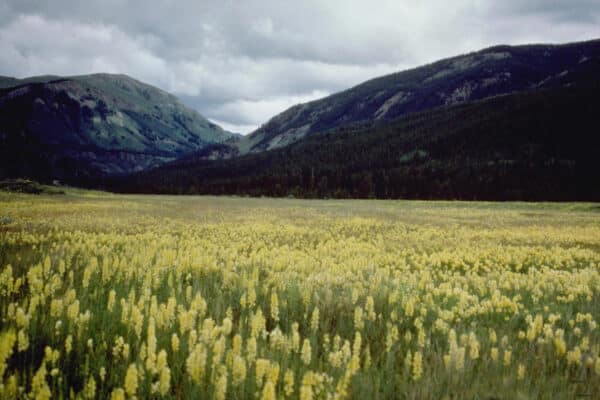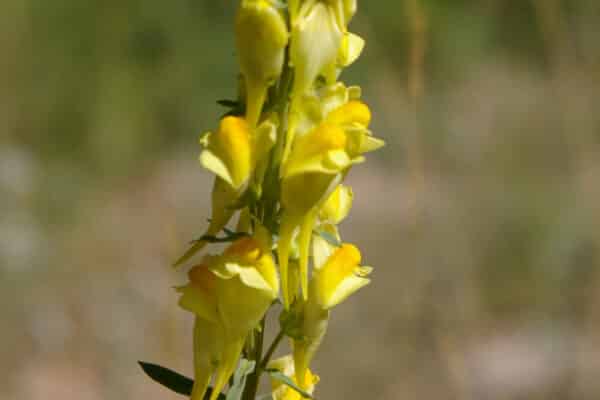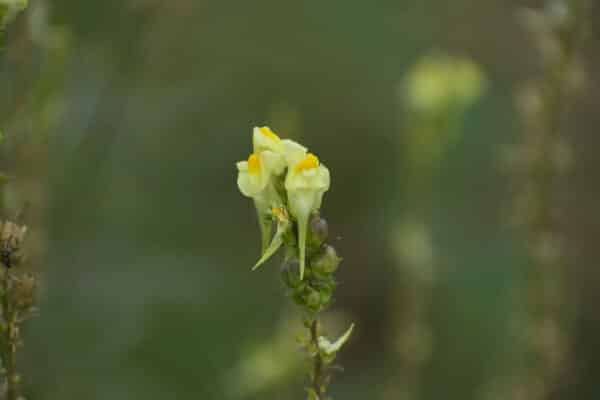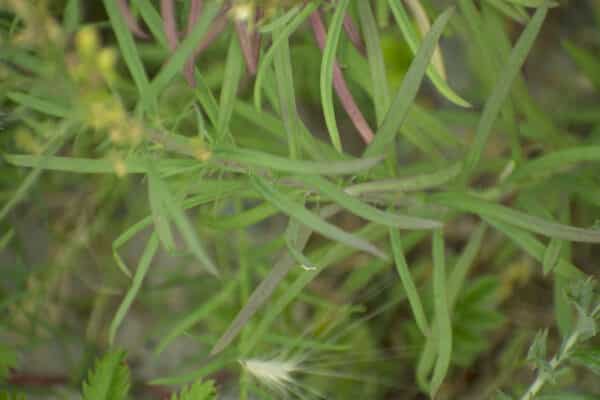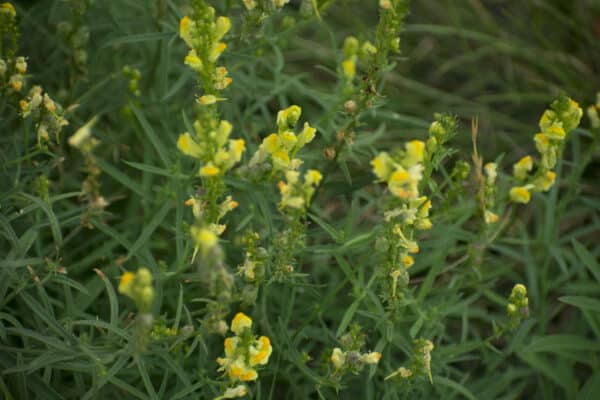Yellow toadflax
About This Species
Yellow toadflax (Common toadflax, Butter-and-eggs) spreads by a creeping root system. It was introduced from its native range of Europe and Asia. It is typically found in cultivated fields, pastures, along roadsides and other disturbed areas throughout BC. Yellow toadflax can out-compete native plants, which negatively affects plant crops, and reduces grass growing in pastures and rangelands.
How to Identify
Yellow toadflax grows up to 80 cm in height by a creeping root system.
Flowers are light yellow with an orange spot on its lower lip, like a snapdragon.
It has long, slim, light green leaves.
Similar species: Dalmatian toadflax is a similar plant with yellow, snapdragon-like flowers but grows taller, has larger flowers, and heart shaped leaves.
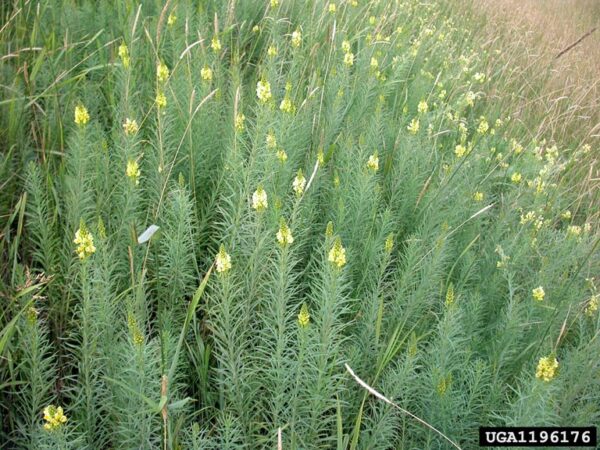
Take Action
Prevention is the best approach.
-
If you need advice about invasive species on your property or you are concerned about reported invasives in your local area, contact your local government or regional invasive species organization.

PlayCleanGo
Learn about best practices

Plantwise
Learn about best practices
A few non-invasive alternatives to plant instead of Yellow toadflax include:
- Beardtongue (Penstemon barbatus)
- Canada goldenrod (Solidago altissima subsp. gilvocanescens)
- Daylily (Hemerocallis hybrids)
- Pineleaf penstemon (Penstemon pinifolius)
- Snapdragons (Antirrhinum majus)
REPORT TO PROTECT BC’S BIODIVERSITY
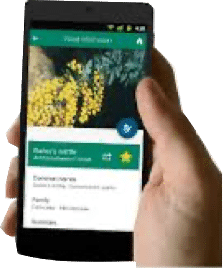
Use the app
Observe and report to protect BC’s biodiversity

Report through this website
Use our form to tell us what you’re seeing and where.



